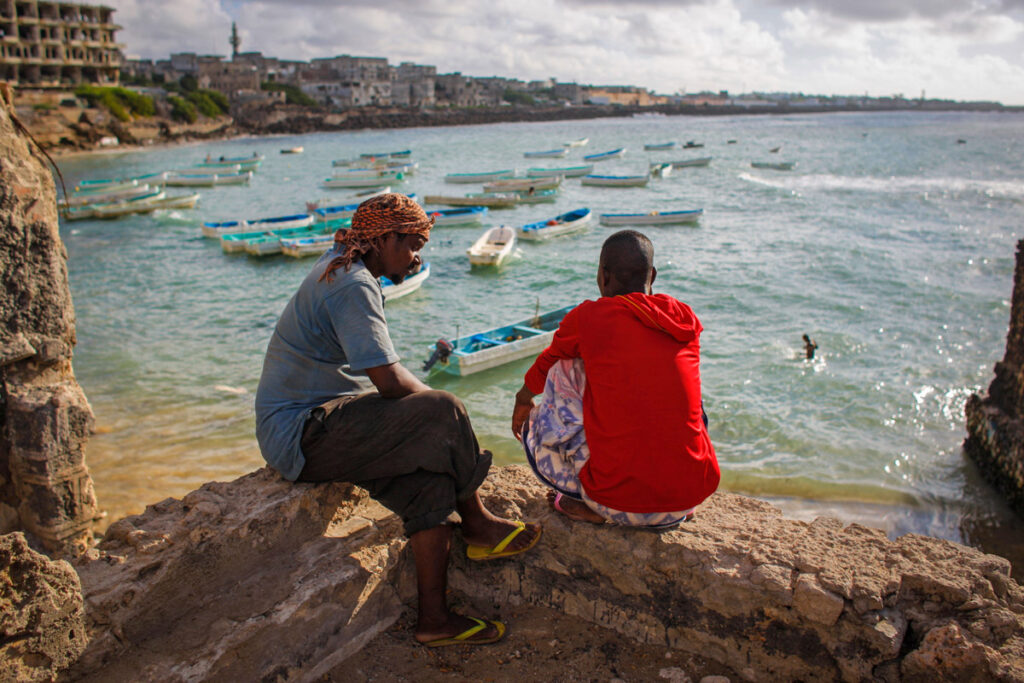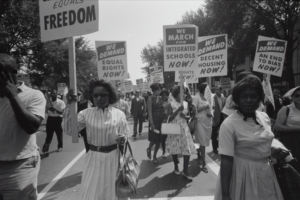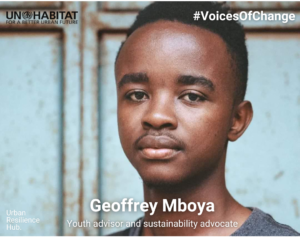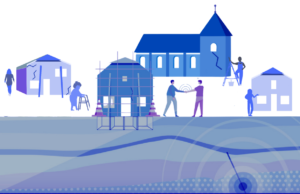Climate change has rapidly transformed from being a projection to a threat over the past decades. Most recently, it has become the new monster under the bed of many children, youngsters and even adults. Climate anxiety has been as real as its cause—six out of ten of those aged 16 to 25 are very to extremely worried about climate change, and 84% are at least moderately worried.
But is climate change really the monster to blame for significant damages caused to human life?
Climate change is undoubtedly a real threat that requires global attention and collective action. Solutions and efforts have not been strong enough. What makes a natural event a disaster for communities is not nature. The severity of the impact and damage is determined by the preparedness and fragility of people, assets and processes.

Image: Is climate change really the monster to blame for significant damages caused to human life? © Alexey Sergeev.
Let’s imagine a city where a heavy rain event happens. A family with adequate income runs to close the windows of their house, while those working face traffic jams and congestion that prevent them from arriving home on time for dinner or any night plan. A family with vulnerabilities see their home and belongings flushed away by the rain, swept by landslides, and merging in a river of mud—they lose the little they own and face significant damage to their lives and livelihoods.
The context is the same, but the effects differ. Why are consequences so different for people living in the same city and facing the same storm?
Did one family act incorrectly, and the climate change monster took revenge?
Of course not—this is not a child’s tale. The family with adequate income can access a better house located in a place not prone to floods with a maintained drainage system. The conditions families live in are decisive on how fragile they are to a natural event, determining their capacity to withstand, adapt and recover.
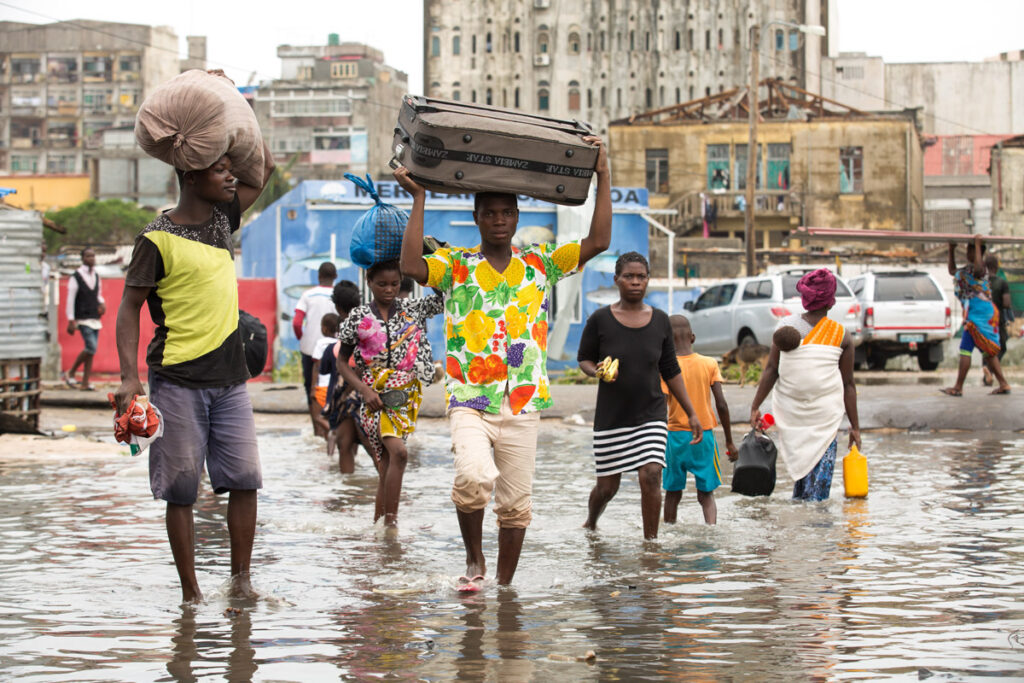
Image: Why are consequences so different for people living in the same city and facing the same storm? © Denis Onyodi.
Economic power is what separates the vulnerable families who suffer major impacts and will struggle to recover and the families with adequate income who will barely face damages and have the capacity to recover faster. Natural disasters cause disruptions to cities and livelihoods, but poverty and inequalities expose people to damage and loss.
The rise in the intensity and frequency of climate emergencies have made governments aware of the dire need for action to put climate resilience at the forefront of discussions and efforts worldwide. The increasing severity of the consequences has also exposed how people in power have failed to guarantee people access to resources, assets, and better living standards. The mismatch between the high awareness of climate change and the reduced attention to the economic imbalances—that cause disasters—is evidence that Climate change has become a shadow that hides the real monster under our beds.
So, are the people in power the monsters? Again, no
Inequalities and poverty result from a system that perpetuates measures that favour economic growth. Overconsumption patterns are responsible for the overuse of resources, with their means of production deteriorating our planet. Indiscriminate accumulation and an excluding financial system account for social inequalities and vulnerabilities. Solutions that people of power have given to these issues have outsourced responsibility and consequences from high-income countries to the global south, imposing development constraints on low-income countries, increasing climate injustice, and intensifying the economic gap. Although we can build resilience by preparing to mitigate, adapt and recover, solutions to climate change in a system that has failed are fated to be the same.
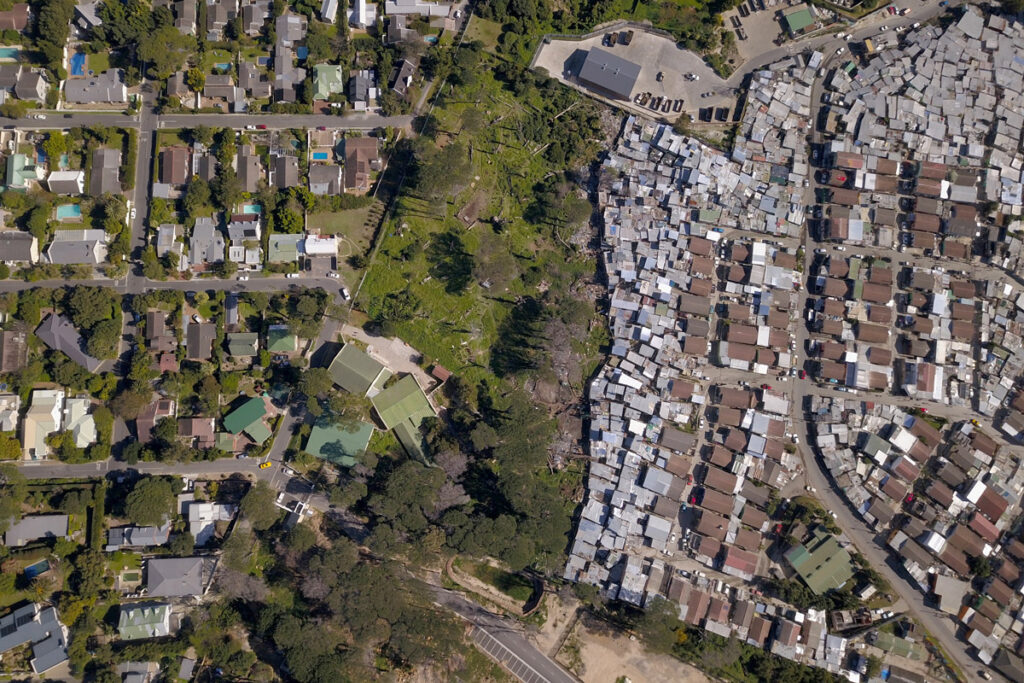
Image: Inequalities and poverty result from a system that perpetuates them through measures that favor economic growth © Tim Wege.
Is building resilience a solution?
Depends on how we approach it. The answer is no when resilience is a stage of a system where it can constantly resist and adapt to shocks like natural events and pandemics. It assumes the chronic stresses of the system can keep being exacerbated, creating or making shocks more severe, like income inequality—that the ‘resilient’ city will cope with.
Adapting to shocks always comes with a cost, be it damage, loss, or a substantial expense. It is essential to recognize the root causes beyond the climate change shade or any other shock causing major disruptions like COVID-19.
A broken system can not be fixed only with adaptations and progressively fewer resources because, at some point, it will crash —with unimaginable loss.
Imagine we are in the ocean in a boat full of holes, sinking because of water coming in. The short-term solution is to cover the holes with whatever is available to stop water infiltration. It would be a mistake to keep navigating as if the issue is solved. We can adapt, but more is needed to guarantee a safe journey. The real solution is to retrofit the boat. Resilience can steer this solution.
Building urban resilience beyond creating mechanisms that prepare and adapt to shocks means identifying and reducing chronic stresses and moving towards actions directed at root causes. Resilience is an effective solution against the real monster when it shifts from preparedness to reducing fragility. And from this perspective, resilience is the lens to uncover holes and the instrument of reparation, so we need resilience.

Image: Economic growth experienced in many places has proven to be the driver of the stresses their cities face © Vlad Karavaev.
Economic growth, as experienced in many places, has proven to be the driver of the stresses their cities face. More than giving mechanisms to make solutions equally accessible, resilience means including more people in the process and spreading economic benefits that can come with it. For that, it is paramount to recognize that finance and social development aren’t just complementary sectors but interdependent fields and bring them together to retrofit the failing system.
For example, in a flooding context, improving infrastructure and housing can help, but training programs and capacity building for vulnerable groups, bureaucracy reduction, and better access to credit can give them better job opportunities, reducing poverty, informality, and other inequalities. Beyond avoiding skill bias income accumulation in the reconstruction or upgrading process, job opportunities are more effective in giving people the means to build assets, access better living standards, and keep reducing their vulnerabilities in the long term. We need resilience to see where and how to act.
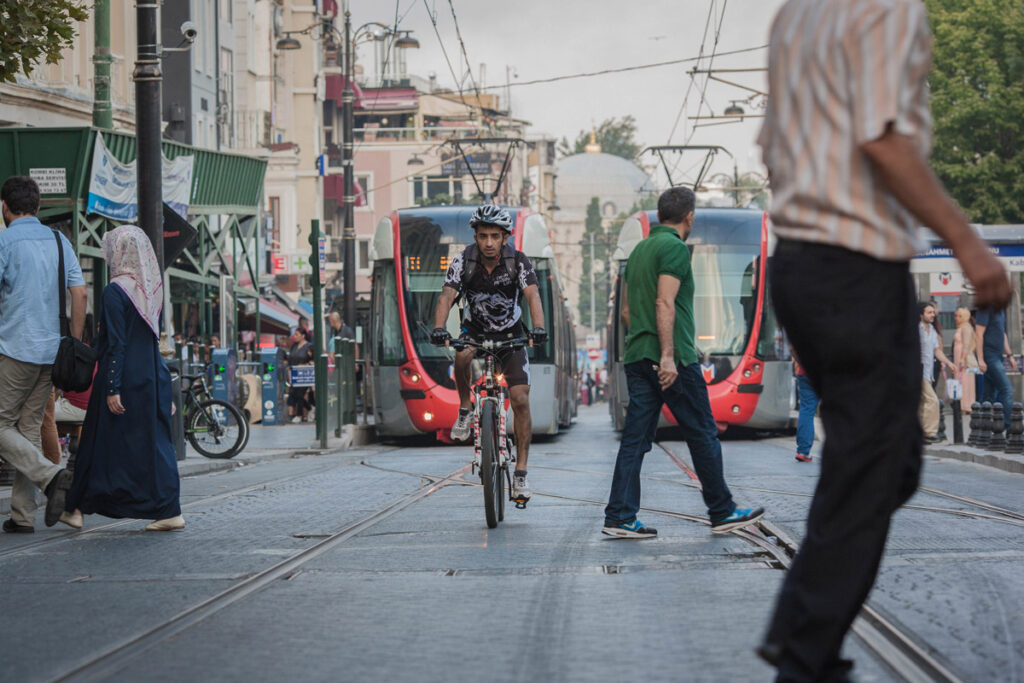
Image: Urban resilience is a tool to help cities to have a complete diagnosis of their challenges and potentialities © Benoit Colin.
Resilience is the lens to analyze and understand the failures of the past that brought us to the unsustainable and critical point we are now and correct it. For instance, inflation, pandemics, and the oil crisis have proven that shocks are not only related to natural events. They exposed how big the monster has grown and no longer fits under the climate change narrative—the bed. And climate actions are urgent parallel actions that need to happen at the same time as other imperative economic, social, and political major transformations. Resilience is the means through which we can move to action toward inclusive economic development and guarantee a sustainable future for all.
Publishing articles on the Urban Resilience Hub does not imply endorsement by UN-Habitat. The Urban Resilience Hub is a collaborative platform where all voices are welcome, a space that enables different conversations by echoing the authors’ ideas. We aim for the positive recognition of multiple views that integrate cities, people, knowledge, capabilities, and technology.

